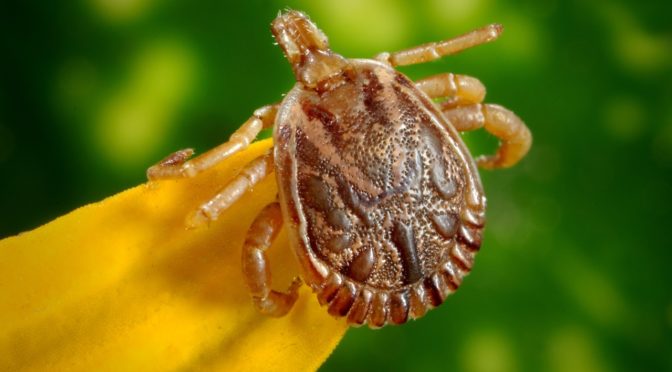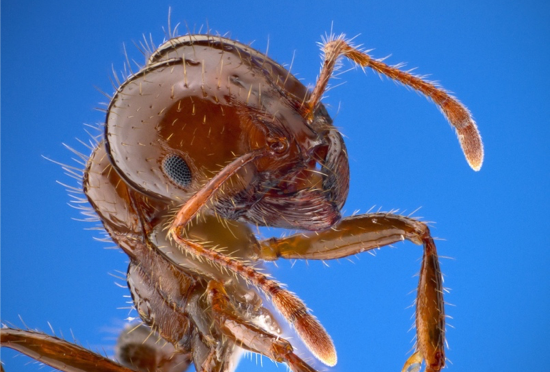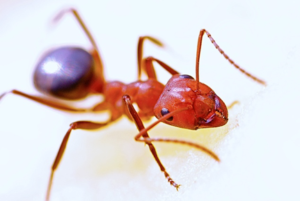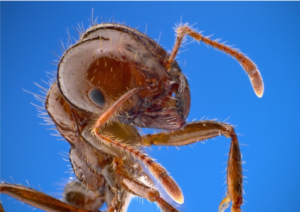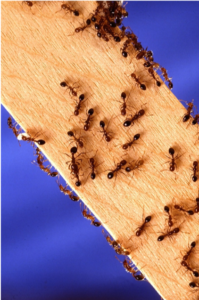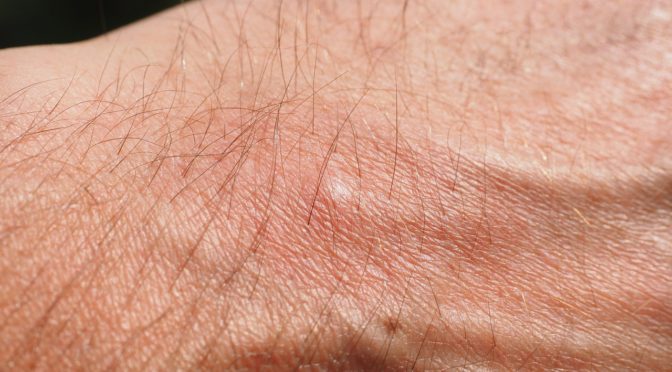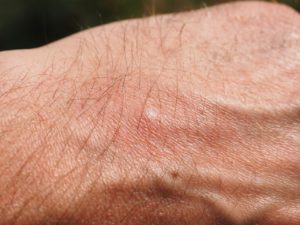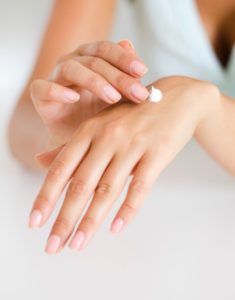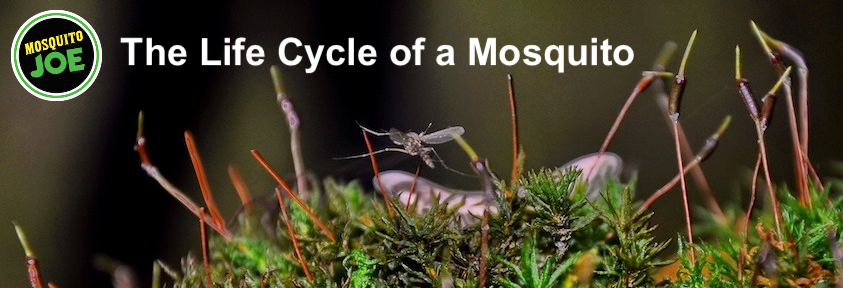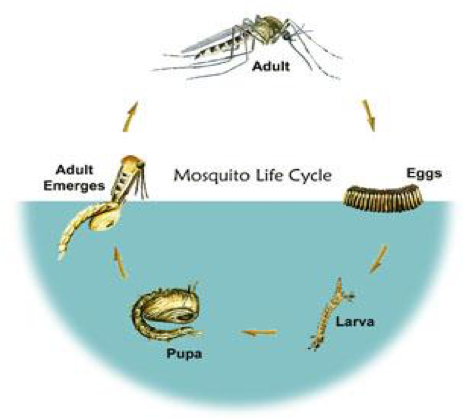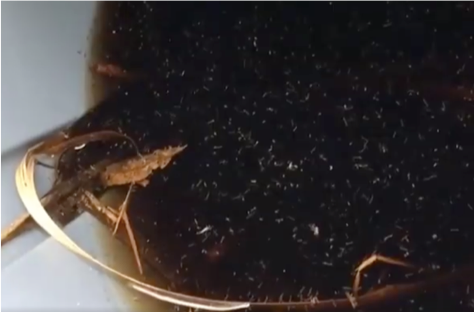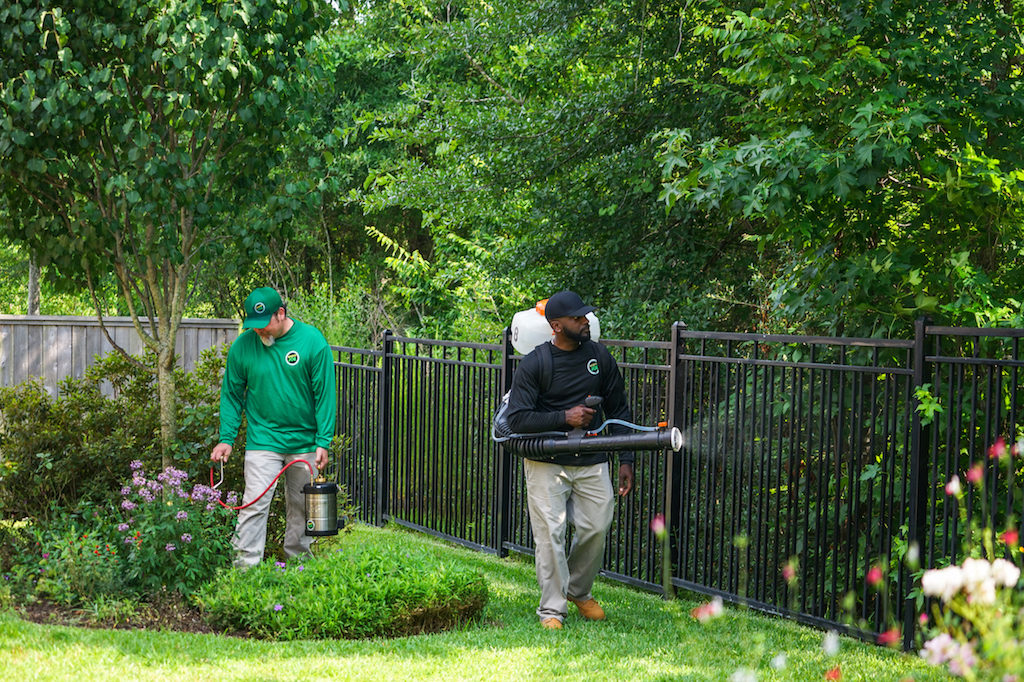It’s Time to Talk Ticks
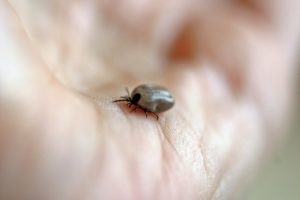

At Mosquito Joe we have several customers who have acquired Lyme Disease in the past and, as a result, are focused on managing the tick population in their yard. And with good reason. A recent study confirmed that Lyme Disease is a significant risk for the state of Texas and that the tick-borne bacterial infectious agent that causes it is now endemic to the Texas/Mexico border.
To bring it closer to home, in the decade between 200 and 2010, 106 cases of Lyme Disease were confirmed in Harris County, and 31 in Montgomery County. Between 2011 and 2016 those number were 58 in Harris County and 29 in Montgomery, displaying the increasing rate of disease. Since the CDC data only represents confirmed cases, the actual cases may be far greater. According to TickCheck they estimate the number of cases in Texas at 16,260. For more information on ticks, the CDC has a great website full of information: CDC Tick page including advice on how to remove a tick and what to look for after a tick bite.
It is also worth noting that Lyme Disease is not the only concern with ticks. They also spread Ehrlichoiosis and Heartland virus (the Lone Star Tick), Rocky Mountain Spotted Fever (the American dog tick), Tickbourne relapsing fever (soft ticks) and Tularemia (lone star tick and dog tick), to name a few. So, what should we do about it and how can we protect ourselves?
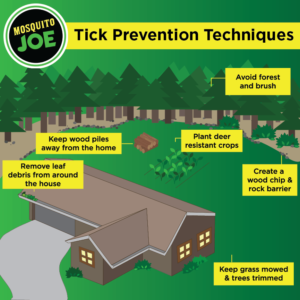

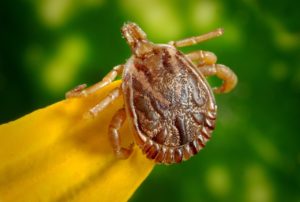

Of course, you can also hire the folks at Mosquito Joe to help protect your yard from ticks (and mosquitoes) so you can rest easy knowing your family is protected when outside. Our educational flyer can be helpful and you can check it out here: Tick Prevention & Education flyer
Our December blog goes into detail on Lyme Disease and Rocky Mountain Spotted Fever, so feel free to hop over there to learn more about the diseases themselves. And if you want to learn more about how we can help give us a call. Mosquito Joe of S Brazos is focused on helping and educating and we are always happy to lend our input to anyone with concerns and questions. 281-815-0228


